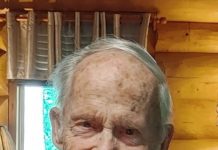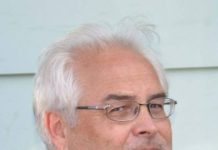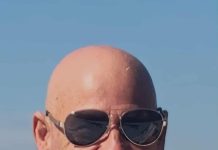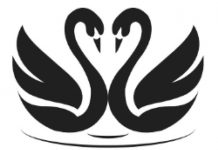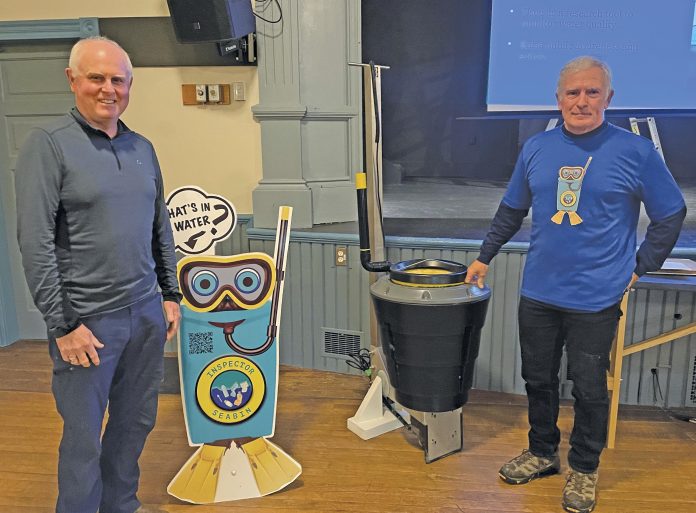
Submitted by Joanne Rodgers,
Bruce Peninsula Environment Group
The Bruce Peninsula Environment Group (BPEG) held their first meeting for 2023 on 11 January 2023 at the Rotary Hall in Lion’s Head.
Owen Glendon and Brian McHattie of the Citizen Science Seabin Project discussed their experiences and thoughts on the Seabin Project which operated in the Tobermory Harbour last summer.
Glendon describes the Seabin as an underwater garbage collector mounted on a floating platform that sits below the water surface level. Its marine grade, stainless steel frame and high density polyethylene basin is ocean worthy but best suited for calm waters, such as inner harbours. The container has an inner mesh basket and a pump that pulls surface water and debris into the basket.
The local Seabins were first deployed in 2021 as a pilot project with Georgian Bay Forever, Parks Canada and the Municipality of Northern Bruce to study the water quality in Fathom Five Marine Park. In 2022, the three Seabins became part of a Citizen Science based project under the administration of the Sources of Knowledge Forum with partners Friends of Bruce District Parks and Parks Canada.
Glendon explains the aims of the project were to monitor and collect debris found in the water and raise awareness of what was being collected from the water.
The group created “Inspector SeaBin” along with a QR code linked to a website providing more details on the project.
In Tobermory, 18 Citizen Science Volunteers followed well established protocols laid out by the University of Toronto. Each day the bins were checked, emptied when full, the debris weighed and the data submitted through the “Data Trapper’ App via a smartphone to the International Trash Trap Network.
About six times over the season, the volunteers performed a “deep dive” of the captured debris using sieves and tweezers to sort and categorize the garbage. This data was also submitted to the larger study.
About 99% by weight of the debris collected in Tobermory is biological debris such as leaves, twigs and algae. The remainder is mainly from single use plastics such as plastic bags, food and candy wrappers, styrofoam and cigarette butts. Approximately 40% of the large debris collected are cigarette butts, of which the filters are also plastic.
The Seabins collected over 2300 separate pieces of floating plastic debris over the 120 day duration of the project. This is relatively low compared to the capture rates in larger marinas like Toronto. Being further upstream in the Great Lakes System, having a lower population density and a very minor storm sewer system in Tobermory are probably factors attributing to the lower capture levels.
Glendon notes however that most of the plastic in our waters does not stay on the surface but resides below the surface at all depths, invisible to the eye as microplastics (under 2mm in size).
In 2023, one of the Seabins from Tobermory will be relocated to Lion’s Head. The Group is looking for volunteers to monitor the Seabin in Lion’s Head, maybe about 6 to 8 volunteers. They also hope to raise greater awareness of the Project through more local events and increased social media presence.
For further information on the project visit https://sourcesofknowledge.ca/seabins/



